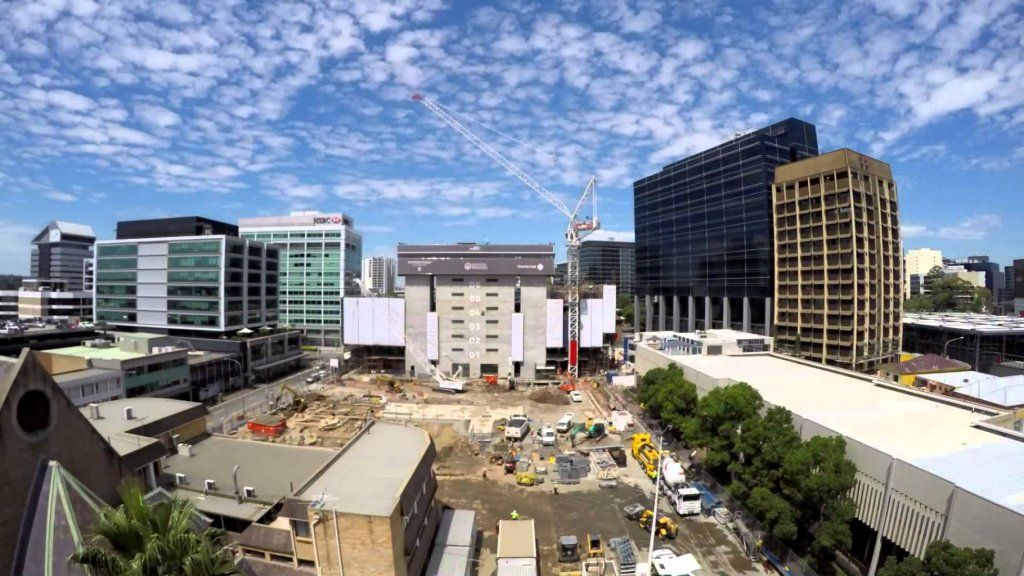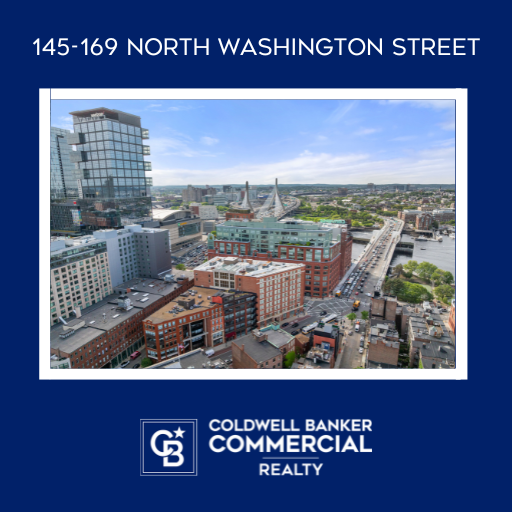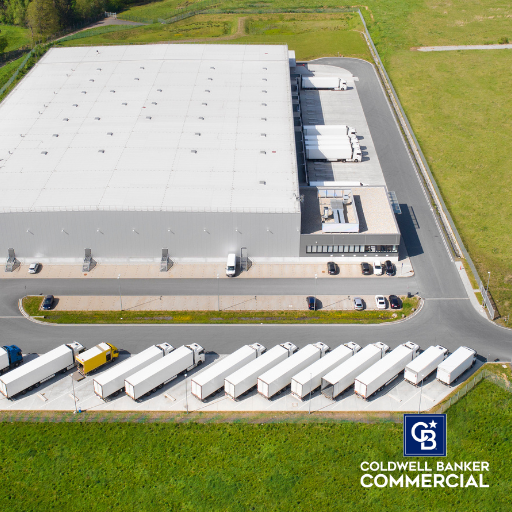Retail Renovation Spurs Construction Growth in 2016

Retail construction is leading all other property types, growing nearly 25% in 2015 over the previous year. The hard-hit retail sector is coming around, and a large portion of the building going on in retail is renovation rather than new construction. This trend is expected to continue, with estimates for retail construction growth coming in at 9% (120msf) for 2016. The added value will be about 10% ($20 billion).
Despite encountering the same challenges as builders in other commercial property sectors –like an extreme shortfall in qualified workers- retail construction projects are up. Improvements in the housing market are translating into more purchasing of big-ticket items, improving the outlook for retail.
One significant wrinkle in this robust construction scenario is the fact that much of the construction going on in retail is renovation. Stores are being reconfigured in response to the growth of e-commerce and the changing consumer expectations that have come with it. There is an expectation for a unified online and bricks-and-mortar experience, which changes the ideal setup for a typical retailer.
Known as omni-channel retail, this creates a seamless customer experience that extends across mobile, online, and in-store services. E-commerce has seen tremendous growth – outpacing the growth of in-store activity 5 to 1. Over $38 billion is generated annually through purchases, but the total for spending in-store is $144 billion, or 94% of all retail sales. People still spend more money in-store than online, but the presence of omni-channel options increases spending overall.
Making the most of omni-channel can mean reconfiguring space. There’s often less need for display space, since omni-shoppers generally choose their merchandise online before they come into the store. Store locations can become small-scale distribution centers, as consumers buy online and pick up in-store (“click and collect”).
This has led to a flurry of renovations in retail as merchants respond to omni-channel and seek to accommodate their customers’ preferences to avoid losing them to competitors.
Another thing contributing to the renovation boom for retail is a safe harbor accounting practice passed at the end of 2015 that provides a tax break for renovation costs. Retailers and restaurants can deduct 75% of renovation expenses. The remaining 25% can be capitalized and depreciated over time.
Among the many renovation expenses covered by this provision are those that:
- address changes in demographics by changing product or service offerings and their presentations
- maintain a contemporary and attractive appearance;
- more efficiently locate retail or restaurant functions and products;
- conform to current retail or restaurant building standards and practices;
- standardize the consumer experience if a taxpayer operates more than one qualified building;
- offer the most relevant and popular goods within the industry
This advantage may have been the tipping point for many retailers already considering remodeling to accommodate an omni-channel approach. It looks like 2016 will be a busy time for retail construction. It will be interesting to see how this affects rent growth and the other commercial real estate sectors in the coming months.
A Trusted Guide in Commercial Real Estate
Coldwell Banker Commercial® provides Commercial Real Estate Services from Property Sales and Leases, to Property Management. Learn how our expansive network of Independently Owned and Operated Affiliates and Real Estate Professionals use their in-depth knowledge of the local market and industry trends to help businesses and investors navigate the complexities of the commercial real estate landscape.






